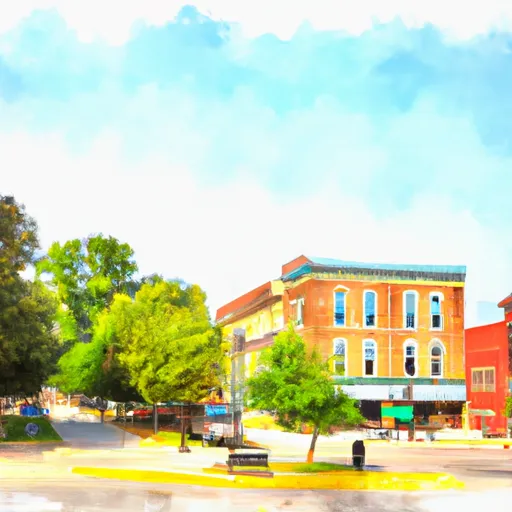°F
°F
mph
Windspeed
%
Humidity











Charles City is located in northeastern Iowa along the Cedar River. The city experiences a humid continental climate with warm summers and cold winters. Hydrology constituents are mainly centered around the Cedar River, which provides water for the city and surrounding areas. Outdoor recreation opportunities in Charles City include the Charles City Whitewater Park, which offers kayaking, canoeing, and tubing, as well as a variety of hiking and biking trails throughout the area. The town also hosts several annual events such as the Charles City Challenge, Charles City Art-a-Fest, and the Charles City BBQ Challenge, which showcase the community's active and welcoming spirit.
Weather Forecast
Charles-City receives approximately 896mm of rain per year, with humidity levels near 81% and air temperatures averaging around 8°C. Charles-City has a plant hardyness factor of 5, meaning plants and agriculture in this region thrive during a short period during spring and early summer. Most plants will die off during the colder winter months.
Regional Streamflow Levels
63
Cubic Feet Per Second
45
Cubic Feet Per Second
62
Cubic Feet Per Second
111
Cubic Feet Per Second
Nearby Camping
| Camping Area | Reservations | Toilets | Showers |
|---|---|---|---|
| Drakesville City Park | |||
| Long Branch State Park | |||
| Stump Island Park | |||
| Versailles City Park | |||
| Katy Roundhouse Campground | |||
| Thousand Hills State Park |



